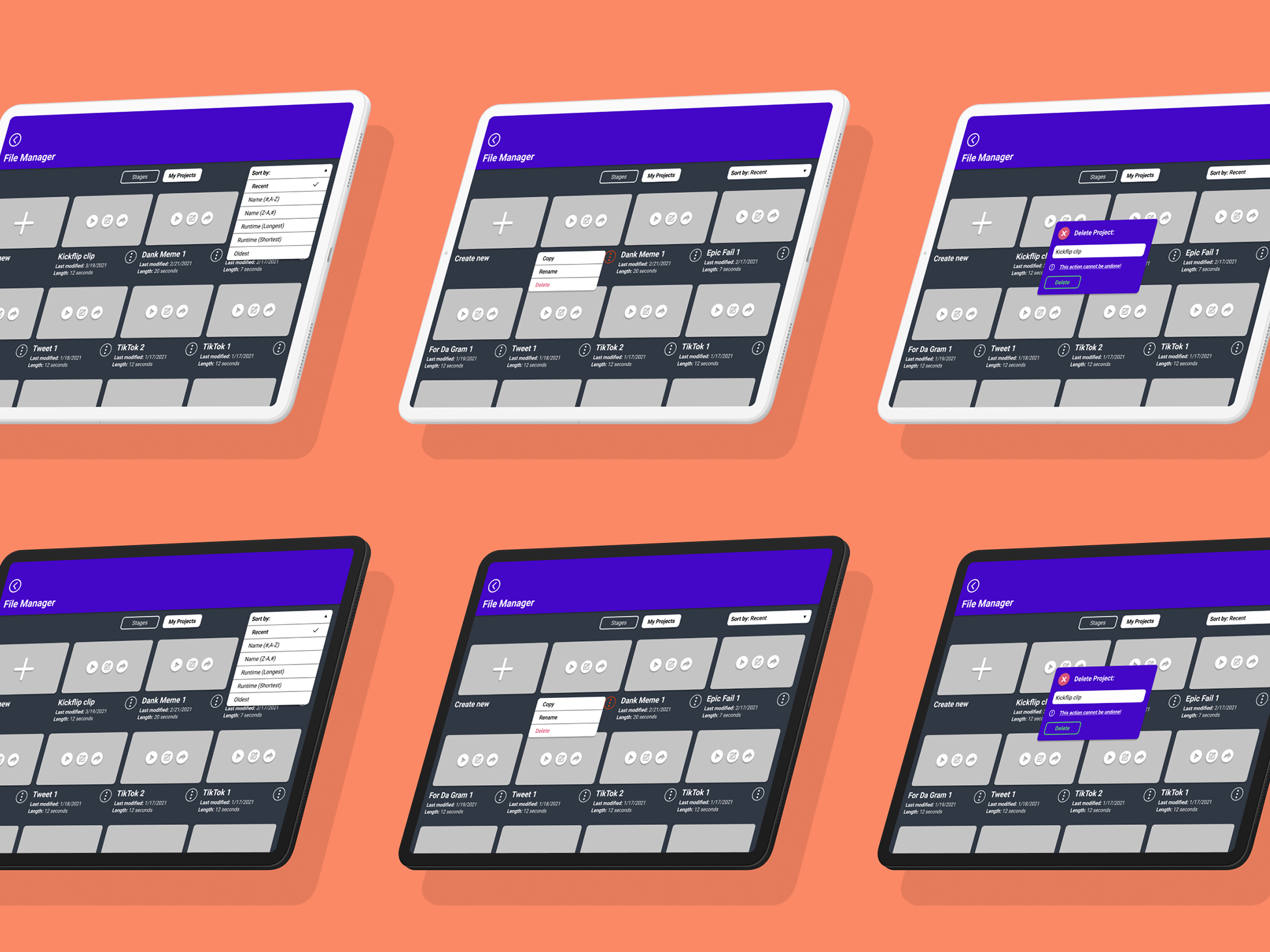Product Intro
Around 6.5 million companion animals enter U.S. animal shelters nationwide every year, mostly cats (3.2 million) and dogs (3.3 million). Each year, about 1.5 million shelter animals are euthanized (670,000 dogs and 860,000 cats) and around 3.2 million shelter animals are adopted.
Those are a lot of pets! Breeders don’t help on this, puppy mills contribute to animal overpopulation, and every time someone purchases a puppy or kitten from a breeder instead of adopting them, it increases the chances of animals being euthanized.
PetConnection wants to change this.
By partnering with shelters all over the country—and eventually worldwide—they want to create a platform that allows people to see all the available animals in any shelter close (or not) to them. Awareness and discoverability are the primary things PetConnection wants to address.
Besides investing in a responsive website to help people discover animals and learn more about shelters, PetConnection has plans to create a website for shelters to upload animal information easily.
Type: Responsive Website
Role(s): UX Designer
Duration: 2021
Tools: Figma, Whimsical
Role(s): UX Designer
Duration: 2021
Tools: Figma, Whimsical
Problems
One of the largest problems was finding a way to set PetConnection apart from similar sites and services without losing the core goal of finding owners for pets. They knew branding would play a major role in distinguishing itself from others, but they didn't know what service(s) to provide or improve to have a unique business model.
Goals
The main client goal was to design a responsive website (desktop, tablet, and mobile) that covers core functionality: search for pets, information about specific pets, and information about shelters. The secondary marketing goal was to design and test a brand image that matched the business goals.
Research
User Surveys
A survey was sent out to gather information of what pet adopters considered to be the most critical data points in the adoption process and to collect demographic data. Based on the total number of participants, all were female and between the ages of 28 - 46 years of age. Majority of participants stated that the biggest pain point was not having enough information on adoption costs, pet history, and having certain sites prioritizing donations over searching. Most participants felt that compatibility in energy levels and personality was very important, but were very open to making adjustments to do something kind for an animal. Participants noted that many sites and services didn't have strong searching and filtering options.
Interviews
In person interviews were conducted, via video conference, to collect more detailed notes about the pet adoption and fostering process. This was also a moment to ask more follow up questions and gather specifics about why they adopted, what helped them make the decision on a specific pet, and what pain points and wins they have experienced. The advantage of conducting interviews through video conference is it forces you to become a better and focused observer since the conversation cannot be done simultaneously.
Competitive Analysis
There were several sites and services that were providing something similar, I tested identical user scenarios across all sites and noted similarities and differences of what made each site unique. I collected notes on design patterns, site behaviors, steps to complete a task, and how information was being organized and placed. Surprising, many of the competitors were prioritizing the need for donations over delivering a consistent and thoughtful searching experience.
As a secondary part of my research, I made observations on the branding and styling of each competitor to get some influence on what styling choices were close to the PetConnection brand. About half of the competitors created a brand image that was focused on urgency and immediate rescue.
Personas
All participants in my research were women, so I wanted to create personas based on the demographic data and common traits observed. Regardless of the age differences and background, a majority of participants were motivated to adopt for companionship and to kindness/charity.
Site Map & User Flow
Design
PetConnection was looking for branding that helped set them apart from their competitors, they wanted to avoid the dramatic styling from no-kill shelters and project a message of love and compassion that makes the act of adoption very special. The information from the participants and the personas were people want to adopt pets as an act of compassion, this greatly aligned with the branding goals for PetConnection.
I experimented with different logos that were playful and evoked a sense of love and compassion. I was drawn towards the heart shape as a starting point since it reminded me of a dog or cat's nose. I added whiskers and a mouth to only give hints that the logo was a service for pets, specifically for dogs and cats. I shifted the color palette from orange to red to stir up stronger feelings of love. I used thicker strokes and added rounded caps to the logo to create a more welcoming and friendly feeling.
Wireframes
Based on the priority level of information participants felt were critical to their decision making abilities, I created wireframes for the site to organize the data and to layout the initial design structure. The wireframes allowed me to experiment with different navigational patterns to provide the users with clear pathways to complete their tasks - these streamlined pathways were also informed by the user flows.
Testing
Testing Method
Participants were all given the same testing scenario:
You are signing into your PetConnection account, you start your pet search through the search feature in the landing page, you will look for and select a German Shepherd named Mochi, you immediately take a liking to her and select the option to adopt her. After the adoption process has started, you check your profile to make sure your personal and contact information is correct.
I observed each participant and made notes on their actions, reactions, timing, and verbal responses. I then asked the participants about their experience, opinions on branding, and if they would use this site and service for their next pet adoption.
Testing Results
All users were able to successfully complete their tasks with 0 misclicks and stated that the level and type of pet and shelter information was the right amount to make an informed decision to connect to the shelter and start the adoption process.
Additionally, all users had strongly positive responses about the logo and noted that the color palette helps set greater visual priority for the pet images and text. Many felt that the branding was playful and warm and some commented that the logo was highly memorable.
Conclusions
Focusing on a service that prioritized a strong searching experience over being donation oriented resonated strongly with users and established a refined service that aided in setting itself apart from its competitors. Users felt that the additional filtering controls and having a national network of shelters to search from gave them more relevant information and convenience.
Users responded very favorably with the logo and branding. Users felt that the logo was playful, professional, and they could immediately identify that the logo was related to pets.
This product iteration did not test out any social features since the majority of users felt that sharing adoption information was a very personal experience. In future versions, this theory should be tested since social features could increase national awareness and calls to action to support pet adoption and shelter support that would greatly benefit potential owners, pets, shelters, and reduce overhead.


